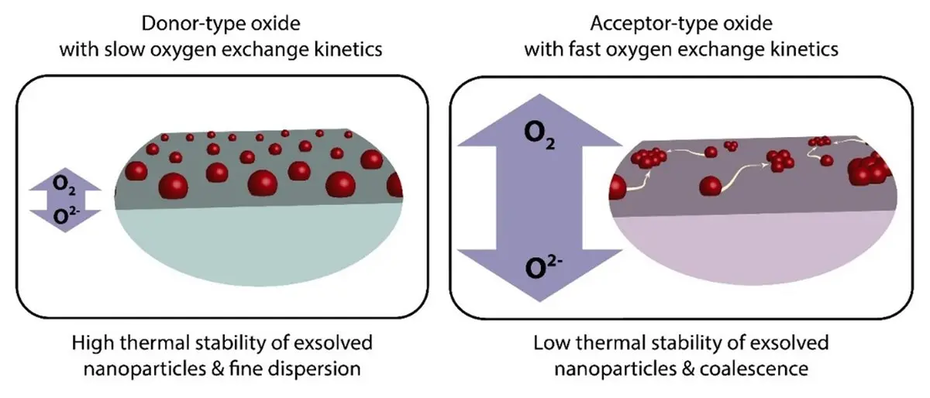A year earlier, renewables' share was 17.5%.
The latest issue of EIA's "Electric Power Monthly" (with data through December 31, 2019) reveals that solar and wind both showed continued, strong growth, expanding faster than all other energy sources.
Solar, including small-scale solar photovoltaic (PV) systems, grew 14.9% compared to 2018 and accounted for almost 2.6% of total electrical output. Small-scale solar (e.g., distributed rooftop systems) - which increased by 18.6% - provided nearly a third (32.7%) of total solar electrical generation. The growth rate of distributed solar was greater than that of any other energy source.
In addition, US wind-generated electricity increased by 10.1%, accounting for 7.2% of all electricity produced.
Combined, wind and solar accounted for almost a tenth (9.8%) of US electrical generation through the end of December. In addition, biomass provided a bit more than 1.4% and geothermal contributed almost 0.4% (with the latter reflecting 0.3% growth).
In total, non-hydro renewable sources accounted for 11.6% of total US electrical production during 2019 and grew by 8.5% compared to 2018.
Notwithstanding a 6.4% decrease in hydropower's output and a 5.6% drop in that of biomass, electrical generation by the mix of all renewables, including hydropower, was 2.6% higher than a year earlier.
By comparison, nuclear-generated electricity increased by just 0.3% while that from coal plummeted by 15.7%. However, much of the latter was replaced by natural gas which grew by 7.7%.
If present trends continue, electrical generation by the mix of renewable energy sources could overtake nuclear power in 2020 and coal in 2021.







